Where Does Emulsification Occur In The Digestive System
Where does emulsification occur in the digestive system. Mucus moistens food and lubricates the esophagus. The emulsification of fats is done by bile. Emulsification a process in which an emulsion is formed an emulsion being a liquid containing fine droplets of another liquid without forming a solution for example fat droplets are emulsified in milk.
Bile produced in the liver and stored in the gall bladder is secreted into the duodenun by contractions of the gall bladder. The lacteals absorb the fatty acids and glycerol into the lymphatic system which in-turn loaded into the bloodstream as lipoproteins after reaction with water-soluble proteins in the blood. There are enzymes involved starting in the mouth with amylase that digests carbohydrates.
In the stomach pepsin and hydrochloric acid that digest proteins are secreted into the stomach lumen. A Humans and herbivores such as the b rabbit have a monogastric digestive system. Emulsification is the process whereby large globules of fat are broken down into smaller globules and made water soluble.
Ruminant animals such as goats and cows have four stomachs. A mass of chewed moistened food a bolus. These salts are transferred into the gallbladder as bile.
This division up fat in a procedure called emulsification which successfully make the fats water-soluble. But the digestive tract has a myriad of other functions not related to digestion or absorption. BILE is an important emulsifier in the mammalian digestive system.
Lipid and protein breakdown. Swallowing moves food from the mouth through the pharynx into the esophagus and then to the stomach. Rhythmic local constructions of the small intestine.
Carbohydrate lipid and protein breakdown. Saliva likewise has an unique chemical called an enzyme which begins damaging down carbs right into sugars.
These salts are transferred into the gallbladder as bile.
But the digestive tract has a myriad of other functions not related to digestion or absorption. Similarly how does emulsification speed up. O Sodium is actively pumped out of the digestive tract at the basolateral membrane of the epithelial cells o Sodium then moves passively from the GI lumen into the epithelial cells through ion channels co-transported with glucose or amino acids down its concentration gradient o Chloride follows sodium electrochemical attraction. Where in the digestive system does digestion initial occur. Emulsification in digestion The breakdown of fat globules in the duodenum into tiny droplets which provides a larger surface area on which the enzyme pancreatic lipase can act to digest the fats into fatty acids and glycerol. A mass of chewed moistened food a bolus. Emulsification aids in lipid digestion by opening up more surface area where digestive enzymes can attack the droplet. Mammalian digestive system non-ruminant. Rhythmic local constructions of the small intestine.
Your liver produce a substance dubbed bile i m sorry is secreted right into the small intestine. Emulsification plays a vital role in the breakdown of triacylglycerol TAG fats in human digestion. Swallowing moves food from the mouth through the pharynx into the esophagus and then to the stomach. Bile contains a mixture of bile salts cholesterol fatty acids bilirubin and electrolytes that help emulsify hydrophobic lipids in the small intestine which is necessary for access and action by pancreatic lipase which is hydrophilic. Rhythmic local constructions of the small intestine. The digestive system digests food for absorption. Describe chemical digestion in the small intestine.
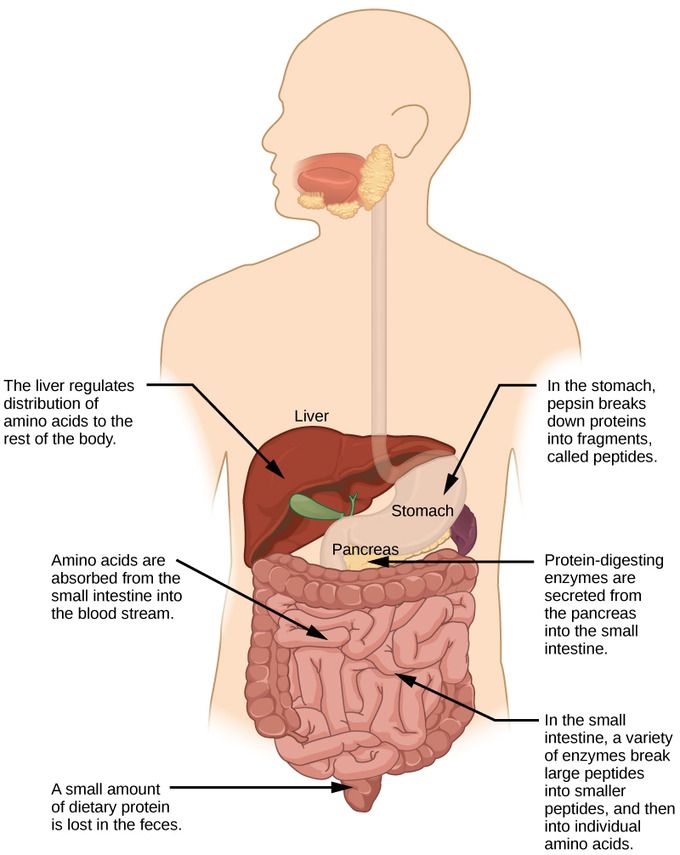






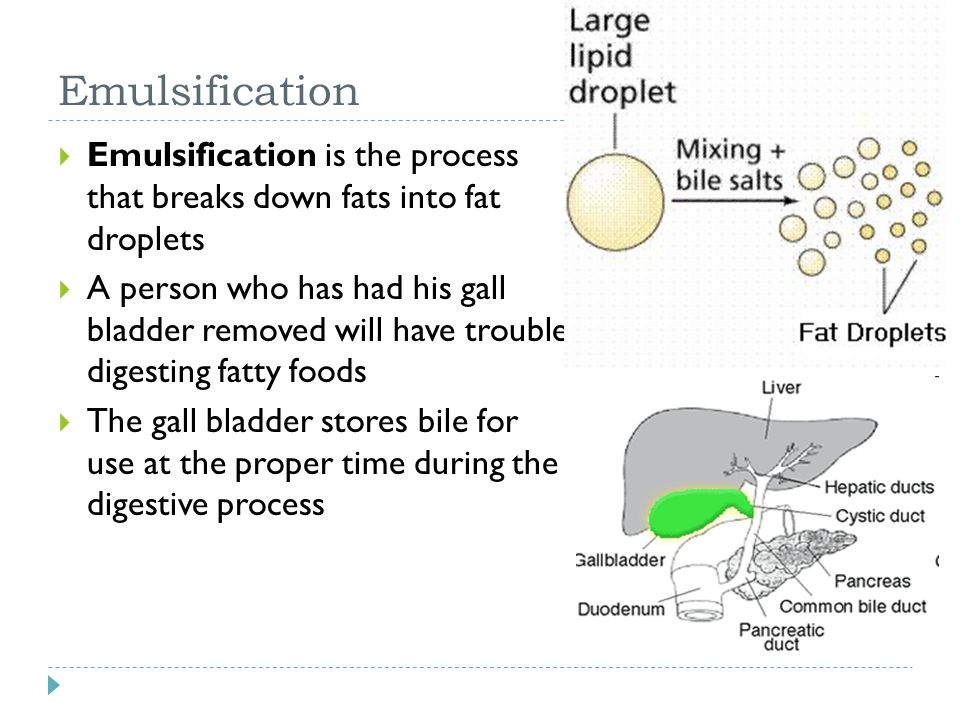


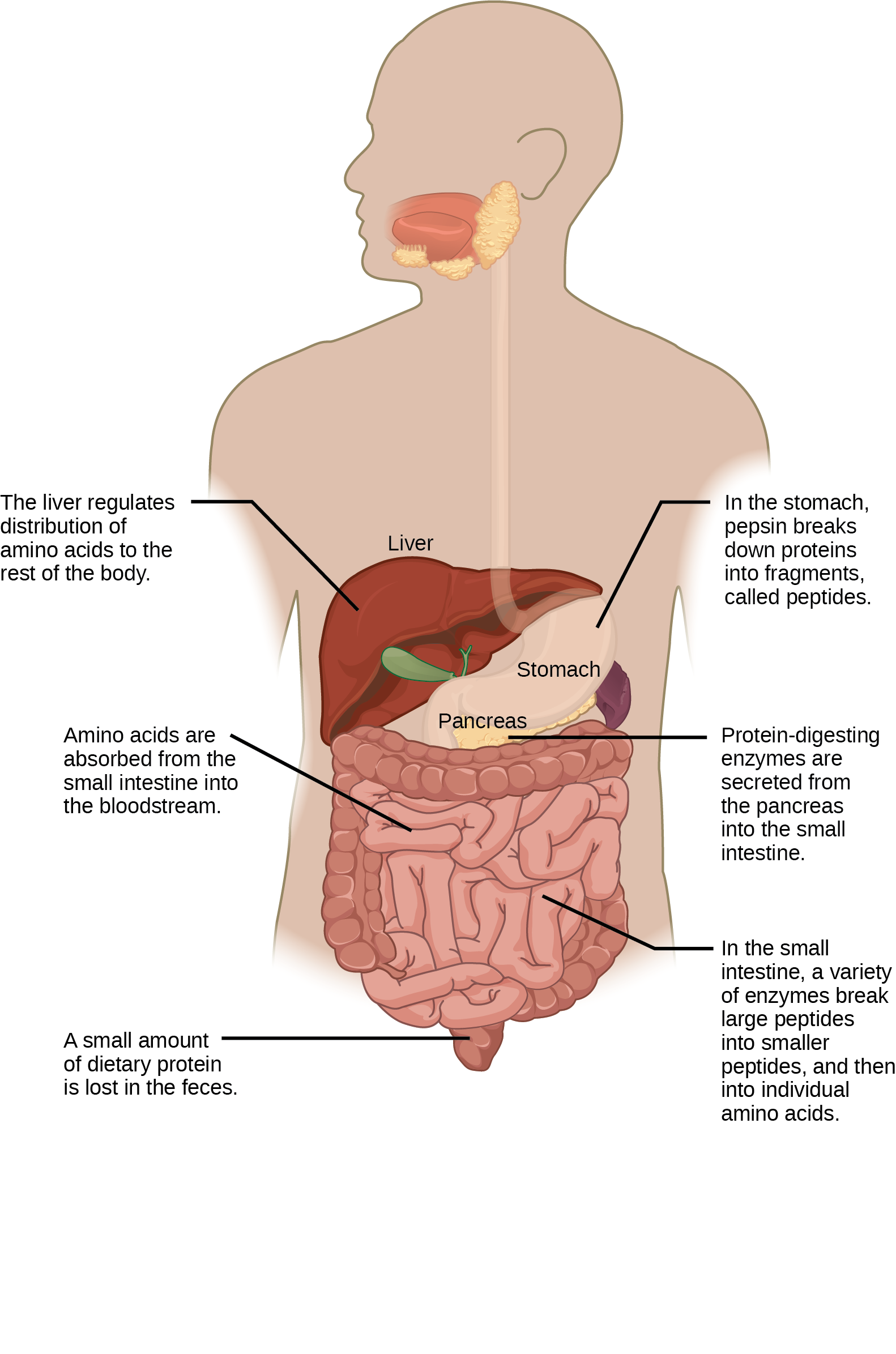



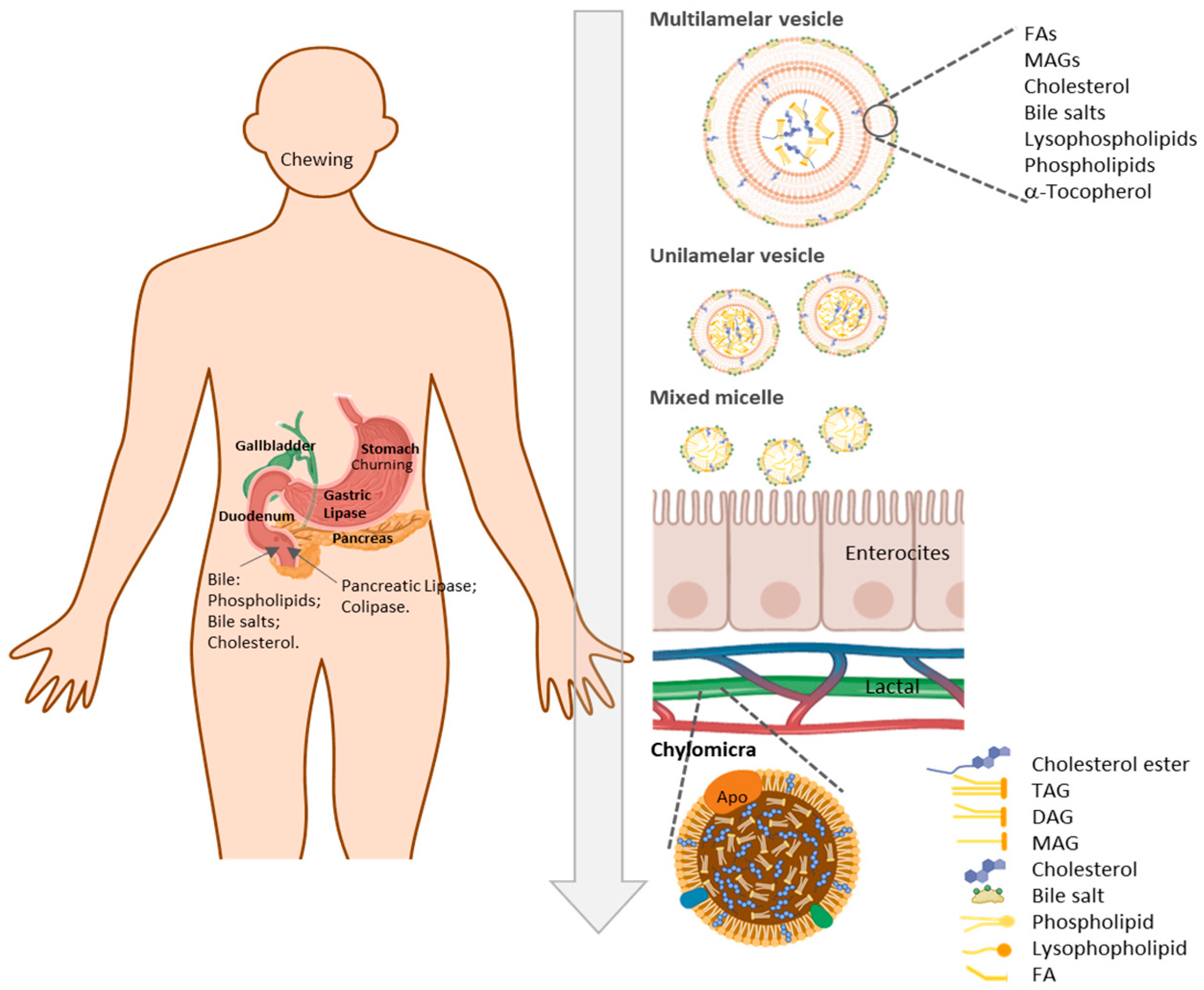















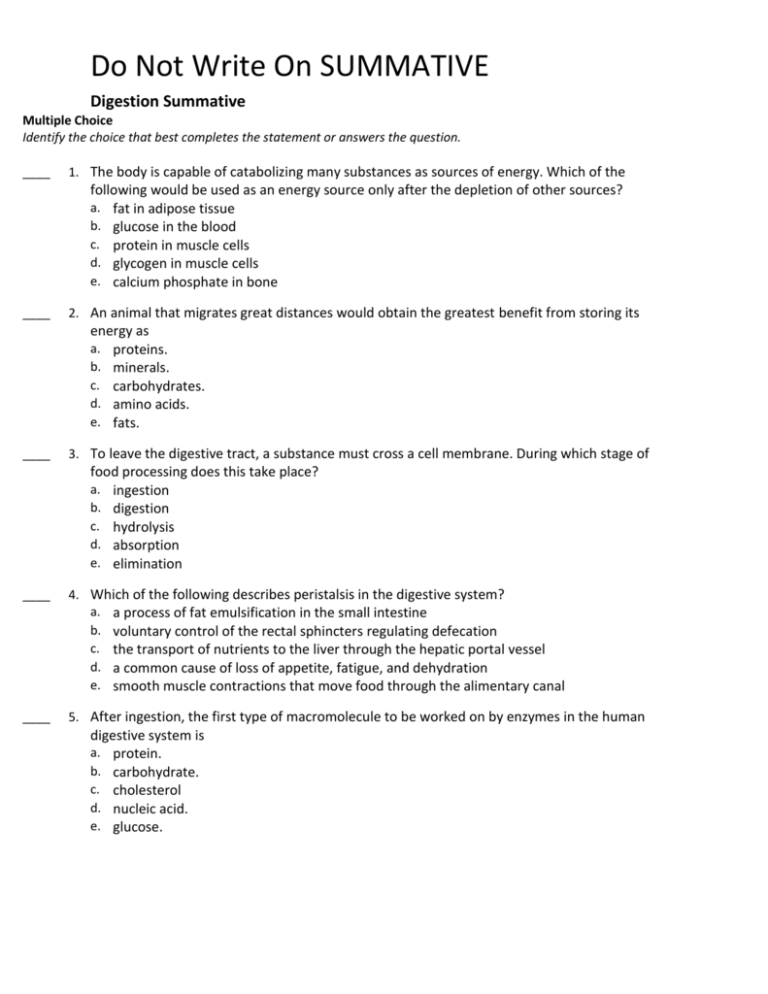
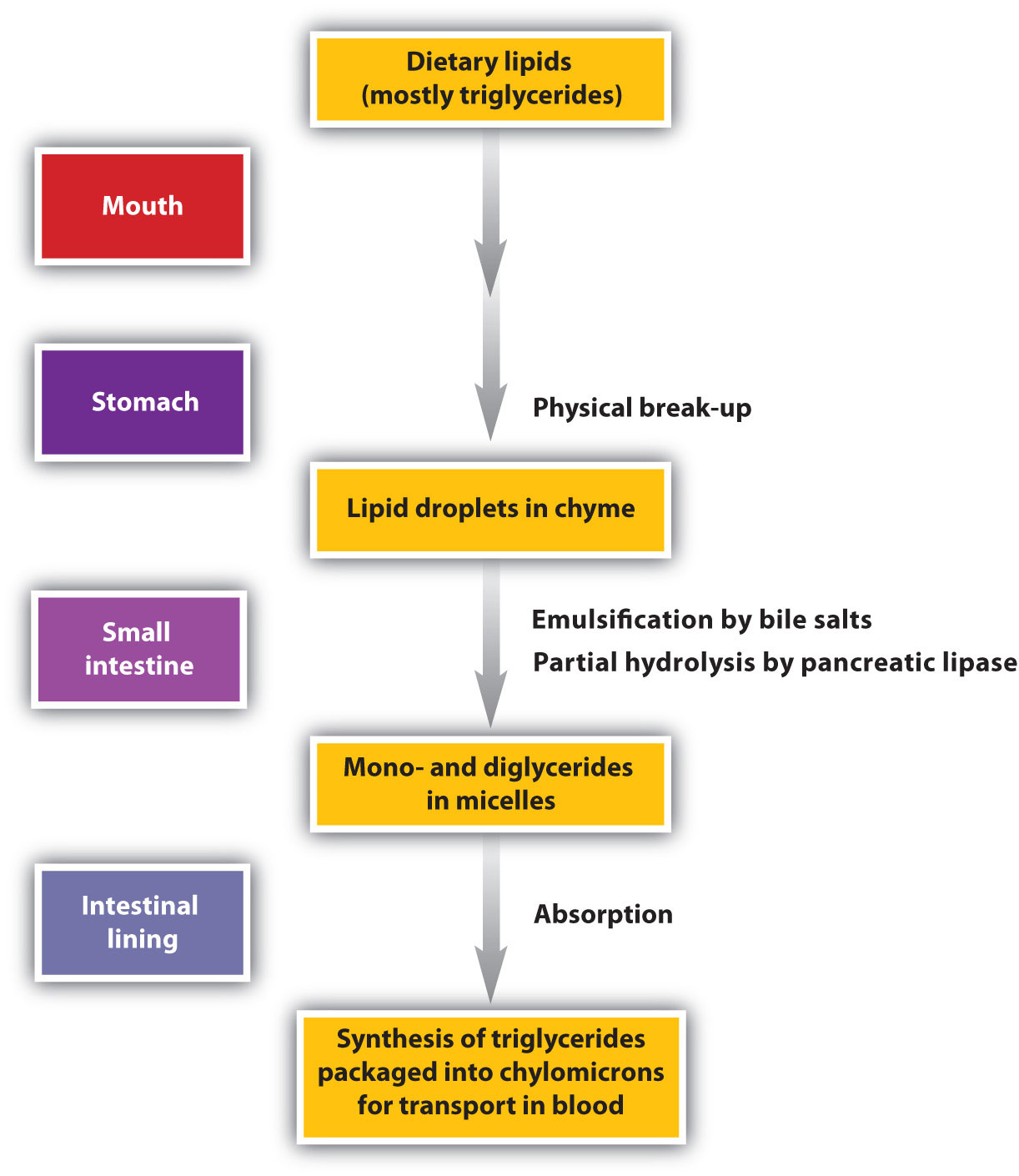

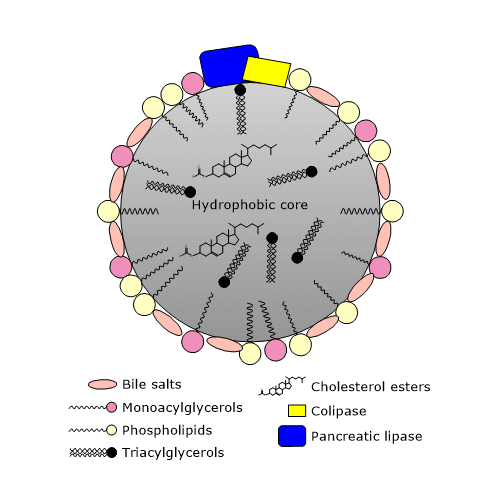






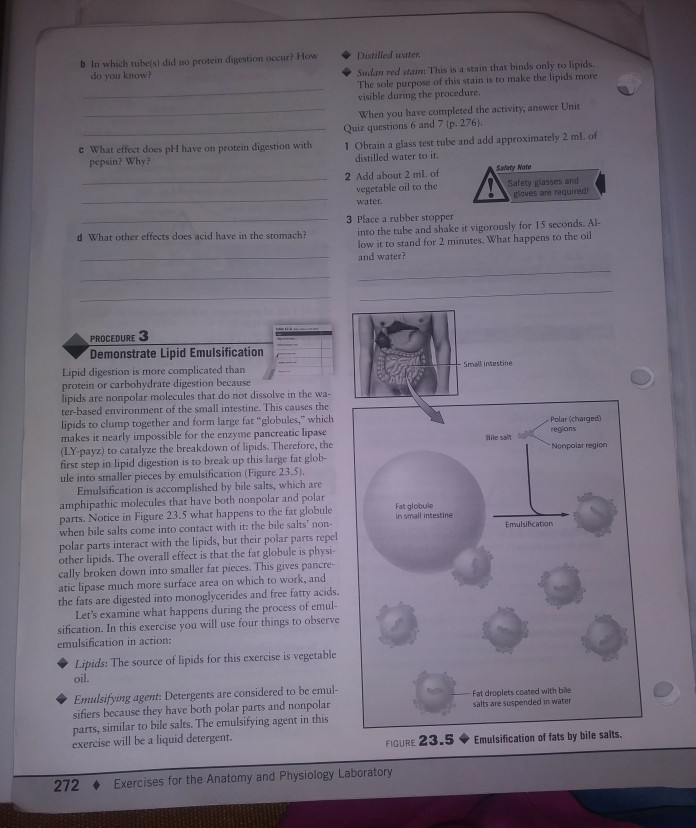

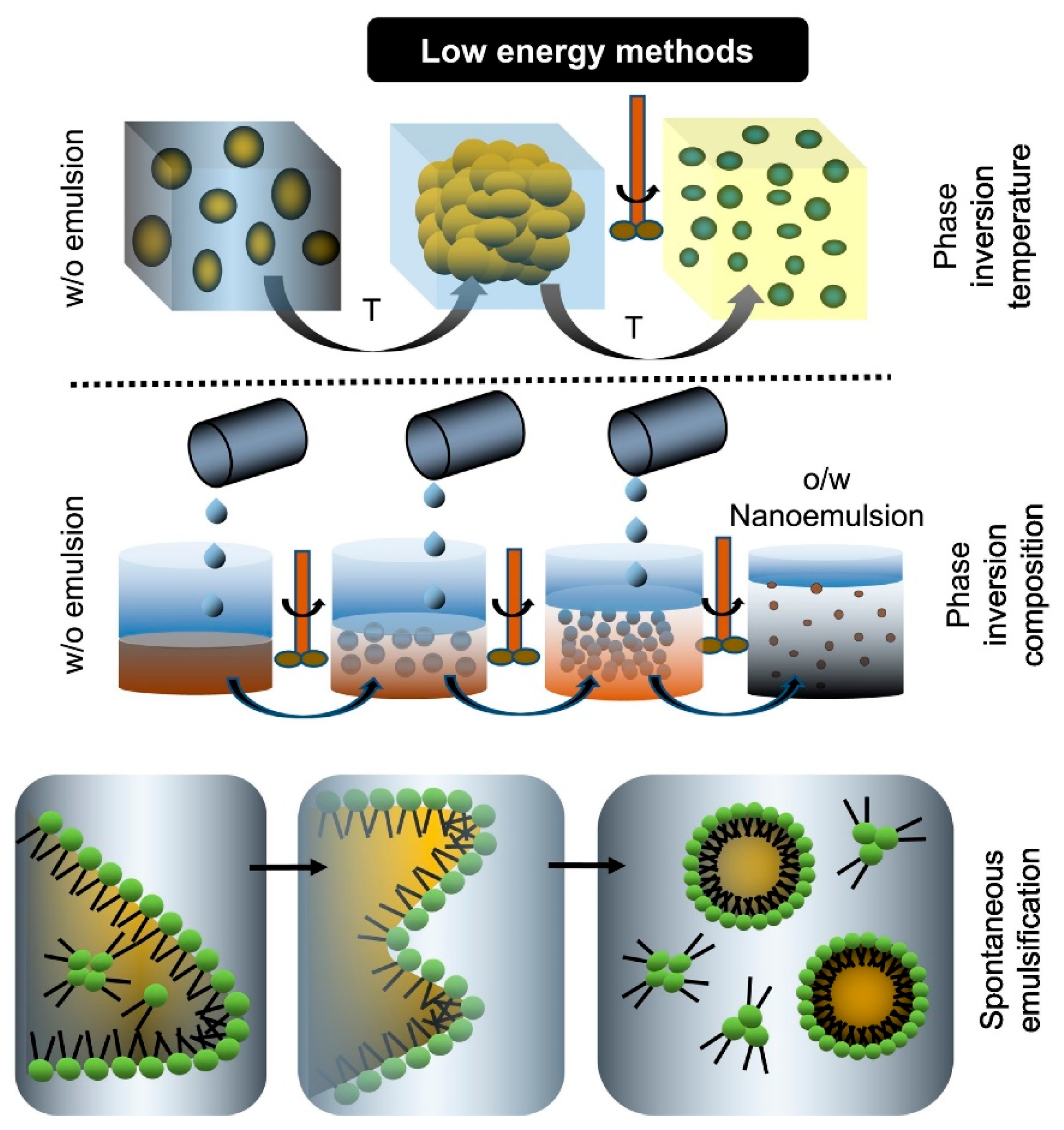


Post a Comment for "Where Does Emulsification Occur In The Digestive System"